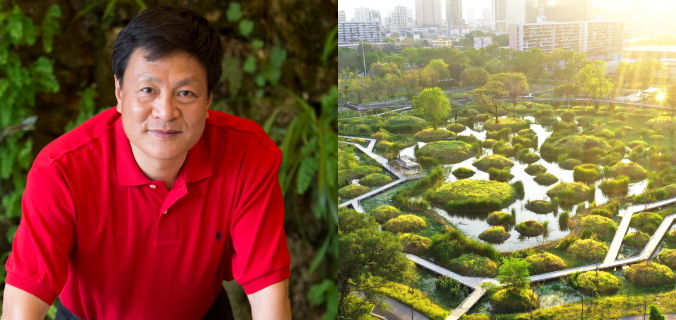
20-22 March 2025
Melbourne Convention and Exhibition Centre
Registrations open soon!
Renowned for presenting cutting edge ideas about landscape design, the biennial Australian Landscape Conference transcends the everyday and focuses on the ideas and concepts behind the scenes that create outstanding landscapes.
We focus on enhancing experiences and learning opportunities for the landscape design community and delve into the creativity of the planting specialist and landscape designers.
Many of the ideas presented at the ALC influence future designs and literature which contribute to shaping our landscapes, both private and public, over the coming years.
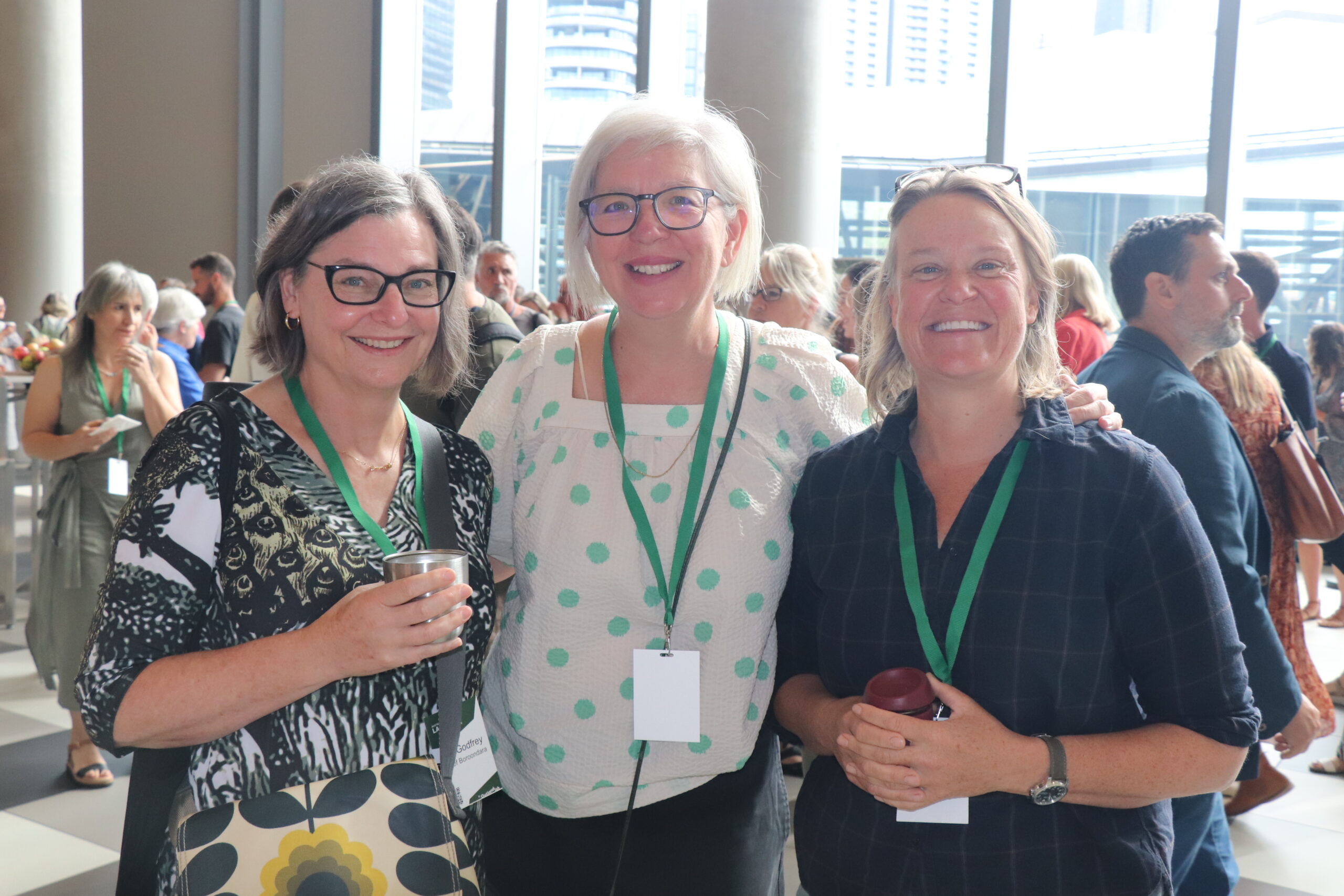
Conference Activities
Venue Details
Melbourne Convention and Exhibition Centre
Experiences from ALC 2023
Decarbonising in the Antropocene is the biggest structural change in the human economy ever attempted.
Professor Andrew Campbell
Beauty has immense power to inspire change.
Claude Cormier
Tomorrow’s professionals need to be T-shaped, meaning that they don’t just have depth in a core area, but breadth in many others.
Professor Andrew Campbell
Australia has the highest climate variance in the world, but it is often overlooked in our planting.
Professor Andrew Campbell
World Leading Presenters

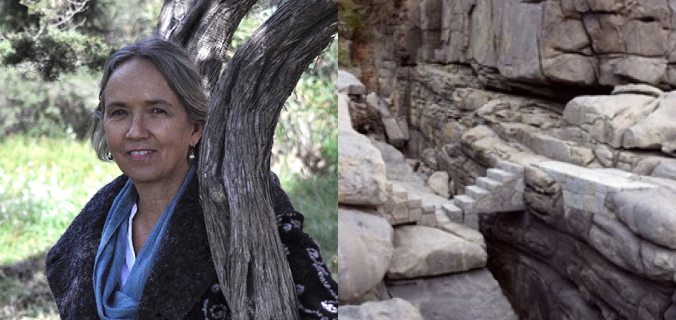
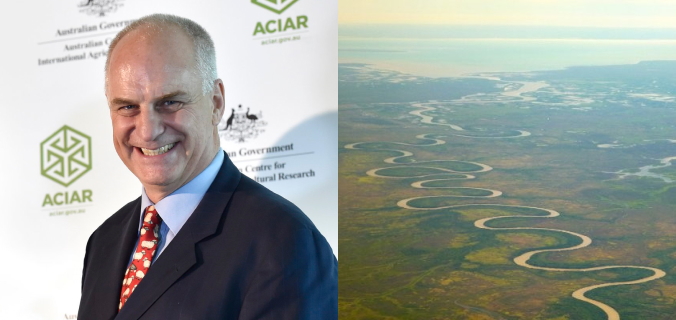
Australian Centre for International Agricultural Research (ACIAR)
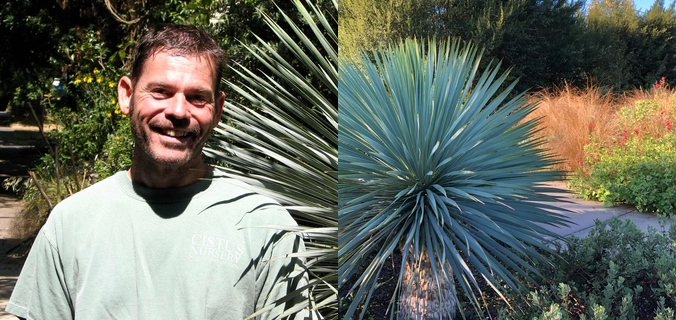
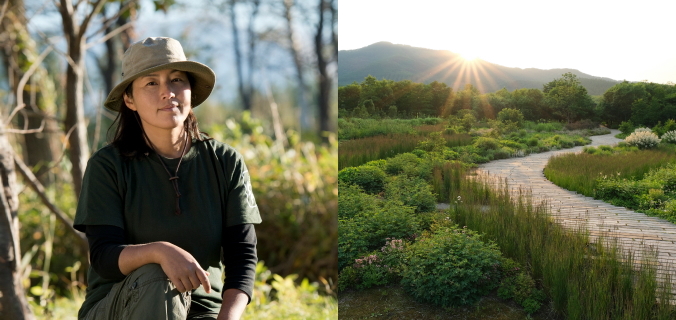
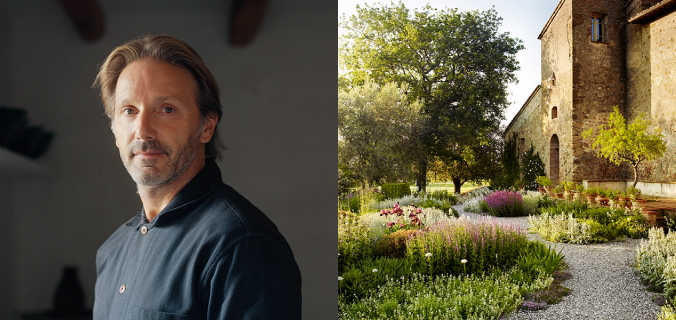
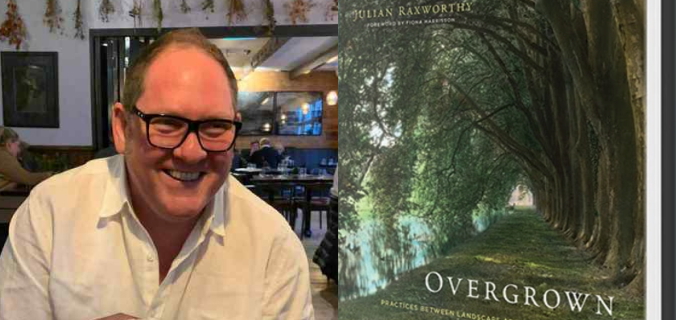
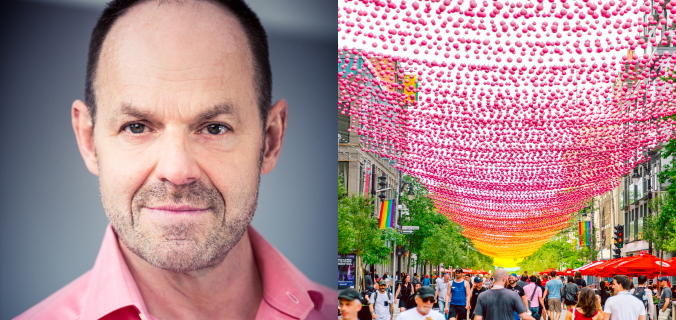
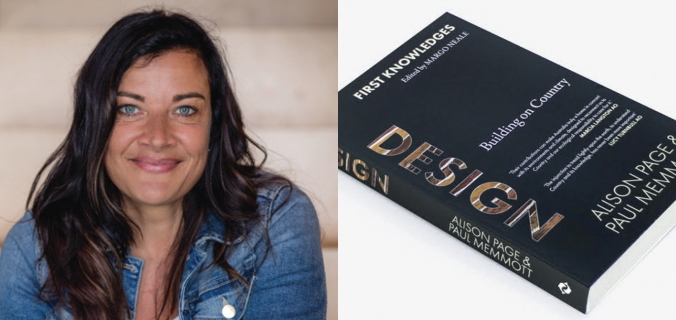
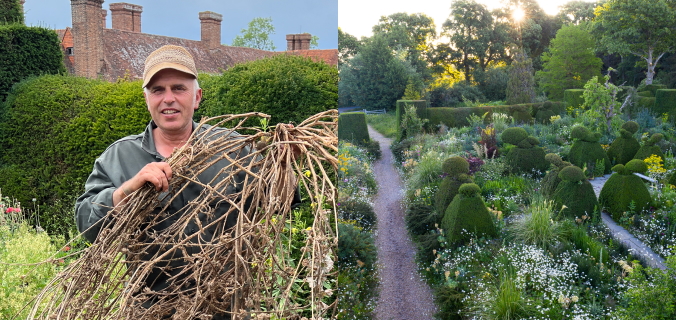
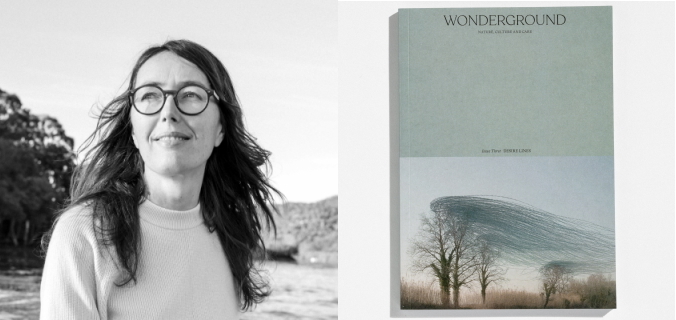
Georgina Reid is a writer, gardener and founding editor of Wonderground print journal and online magazine.

Masterclass Speakers
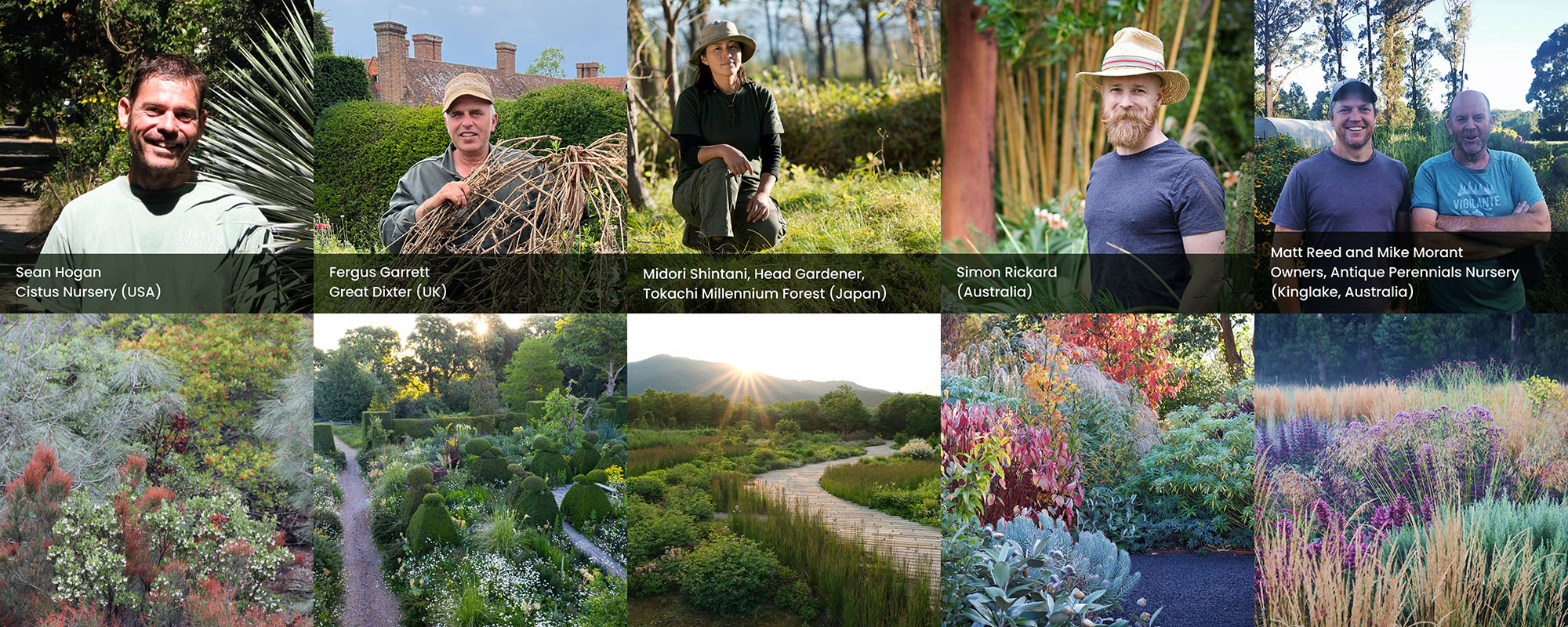
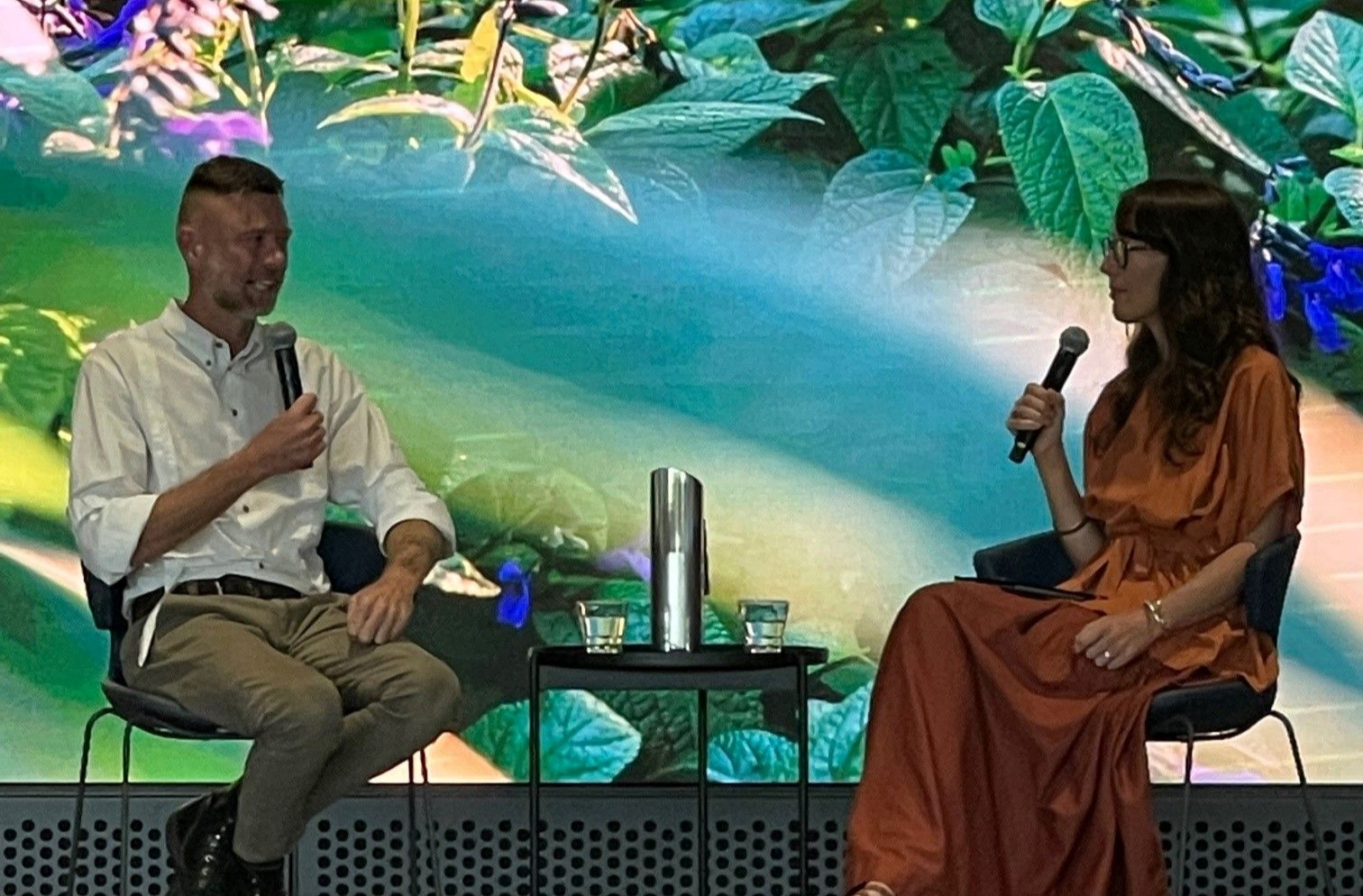
Future Designers – Helping Them Thrive
Student and early career professionals grant.
For the first time, the Australian Landscape Conference offered Early Career Sponsored positions and a discounted Early Career registration fee. In total 60 people who were either students or in their first 8 years of practice applied for these position and 28 were allocated out. Some of their comments include:
Thank you for selecting me to be a part of the Early Career Grant, it was a truly an experience like no other and I would love to attend future ALC’s!
Claire Sun, Landscape Architect
I want to add my voice to the chorus of gratitude for all your superb achievement in creating a truly mind-blowing event. I, like so many I spoke to, found it quite a spiritually moving experience – not sure I’ve ever actually cried so much at a conference before. I feel incredibly blessed to have been able to experience the breadth of approaches in the industry, yet all linked by a common thread of using our craft to heal. So thank you to you, for shaping the conversation so eloquently.
La Muxlow
Thank you so much for orchestrating an incredible weekend of inspirational speakers.
Ardi Strybosch
Sponsorship
Make your business a part of the landscape community and encourage emerging talent by sponsoring an event or a young entrant to the industry.
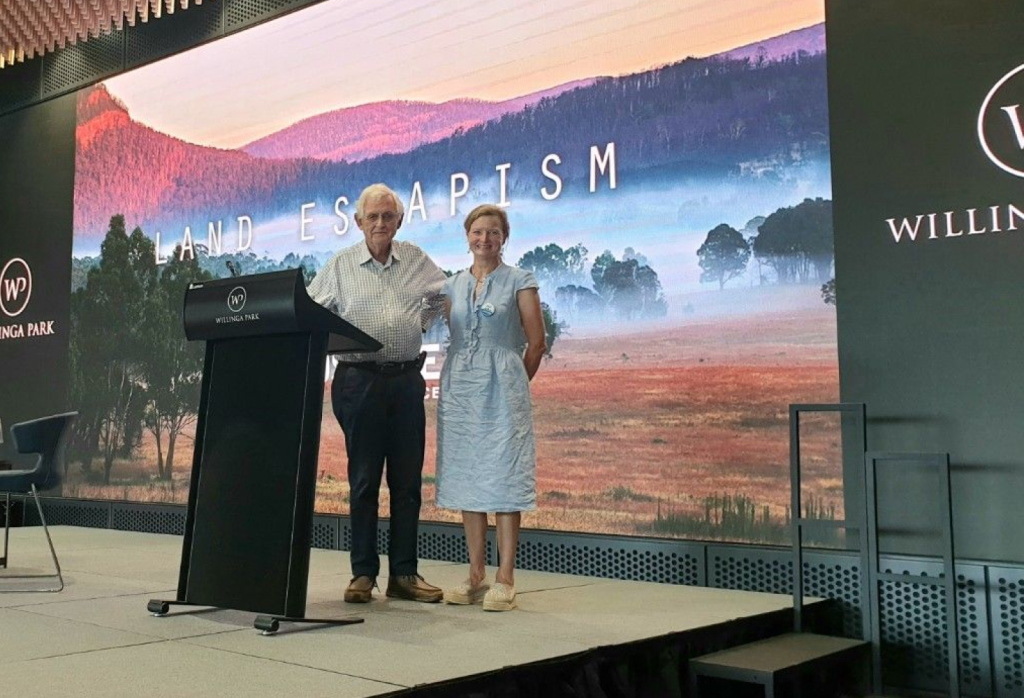
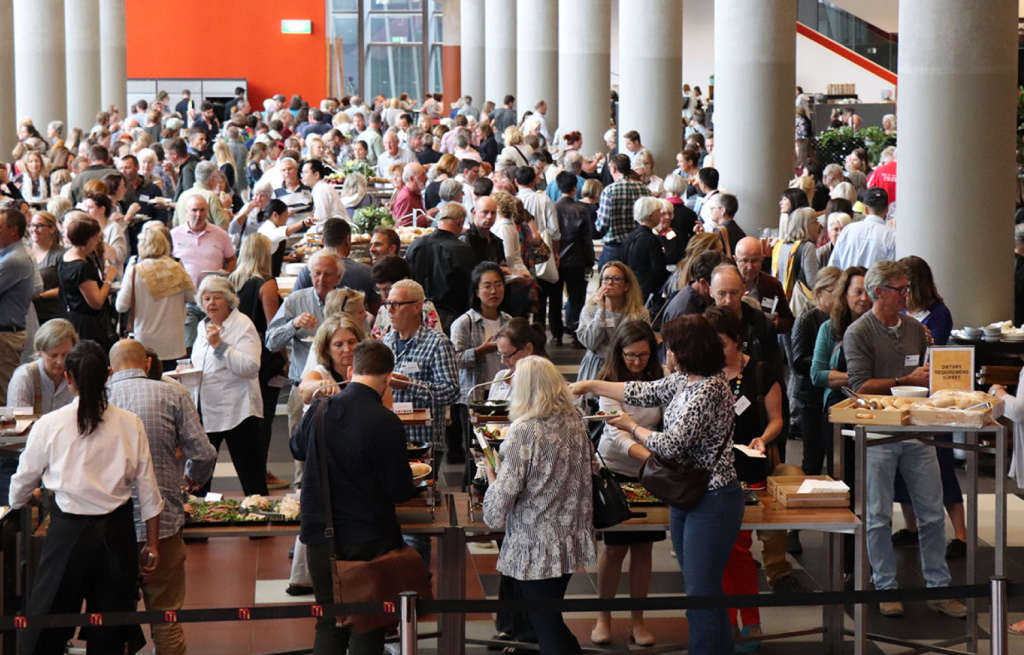
Volunteers
We would like to thank all of you who have kindly volunteered to help with the Australian Landscape Conference 2023.
We have been overwhelmed by the enthusiasm of those wishing to play an important part in this wonderful event. Thank you!